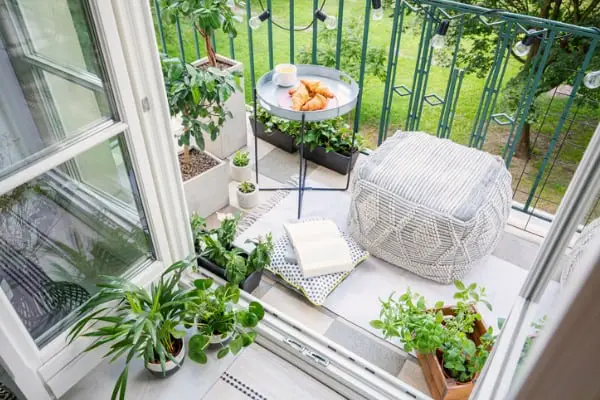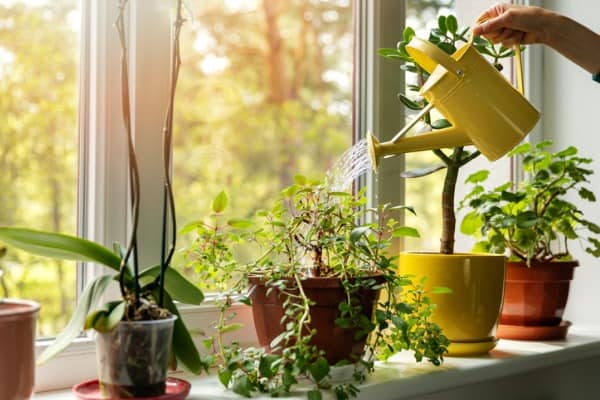
Since the coronavirus lockdown kept many of us indoors for months on end, many people turned their attention to home improvement.
One of the saviours of lockdown was the fact that garden centres and plant stores remained open for much of it, allowing millions of us to spark our interests in houseplants.
In fact, the UK market saw an increase in sales of plants of over 320 million. That’s a lot more people attempting to look after plants at home!
So, for all you beginner indoor horticulturists out there, we’ve got a handy guide for taking care of plants and flowers at home.
Quick Navigation
Choosing Plants
A common mistake people make is not understanding what plants they want before purchasing. Some plants require far more attention than others.
We had a chat with Bill from https://greenhouses.com who said, “Many people underestimate the care required for certain indoor plants.
We always advise people to read up on a species before purchasing to ensure they can give the right level of care and attention.” Some plants, such as ferns or dragon trees require plenty of humidity and moisture.
With a lack of attention, they can quickly brown or die. Others, however, such as succulents, require far less intervention and will grow well even if you forget about them for a short while.
The Right Soil
It is also important to know which soil to purchase for your chosen plants. There are some very good general-purpose houseplant soil mixes.
These will go a long way to keeping the majority of your indoor plants healthy. Some plants, though, do require more specific soils. Orchids, for example, are notoriously hard to care for if they aren’t planted in a specific orchid soil.
This soil mimics the trees they usually grow into in the wild, and without it, they often wilt and die. Cacti and succulents also prefer their own soils, however, they will grow quite well in standard houseplant mix without too much fuss.
Light Enough?
The next big issue for plants is the amount of light they get. Often people will place all their plants on the brightest windowsill in their home, assuming that is the best place for plants to thrive.
In many cases it can be, plants like snake plants or palms do extremely well in direct sunlight. However, plants like the cast iron plant will quickly brown and scorch if they are in too much light.
Surprisingly, plants like these can thrive in shady corners of rooms, without ever seeing the sun directly. There are plenty of online resources and mobile apps which will help you identify your plant species and tell you where it is best placed in your home.
Potting and Repotting
Choosing the right size pot for your plant is also essential. Most plants come potted so you can assume that pot is the right size for the plant at that stage. However, plants grow.
Some grow very quickly! It is important you don’t let your plant outgrow its pot. For your plant to grow healthily it’s roots should have space around them in the pot.
If they become too big the plant will be choked and restricted from growing healthily. Repotting plants is not a hard task, though you must be careful with the root.
Find a bigger pot and half fill it with the appropriate soil. Then, without pulling on the plant, remove it from its current pot. One way to do this is to turn the pot upside down and gently tap it loose.
Place the root ball onto the new soil bed and fill around the edges. Be very gentle as some plants truly hate being disturbed at the root and can quickly suffer from this.
Just Enough Water

Finally, it’s important to understand how much and how often to water your plants. Again, different species have different needs. We all know that a cactus barely needs watering, for example.
But, other species require quite a regular watering. Their needs tend to change as the seasons do. Some plants lie dormant in the winter months and will only need watering a couple of times a month.
Others may still require twice-weekly water. It is advisable to water your plants with a plant-feeding solution in the spring and summer to aid with healthy growth.
With these five tips, anyone will be able to start a small home plant display. The key takeaway here is to understand each of your plant’s needs, even before purchasing. Enjoy your indoor garden and good luck with your plants!
